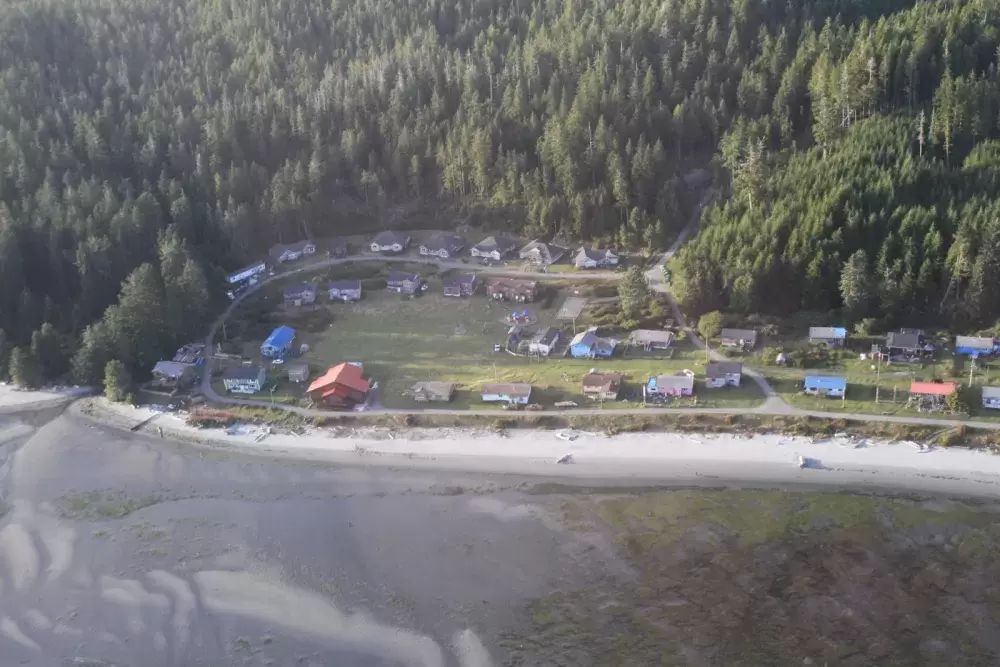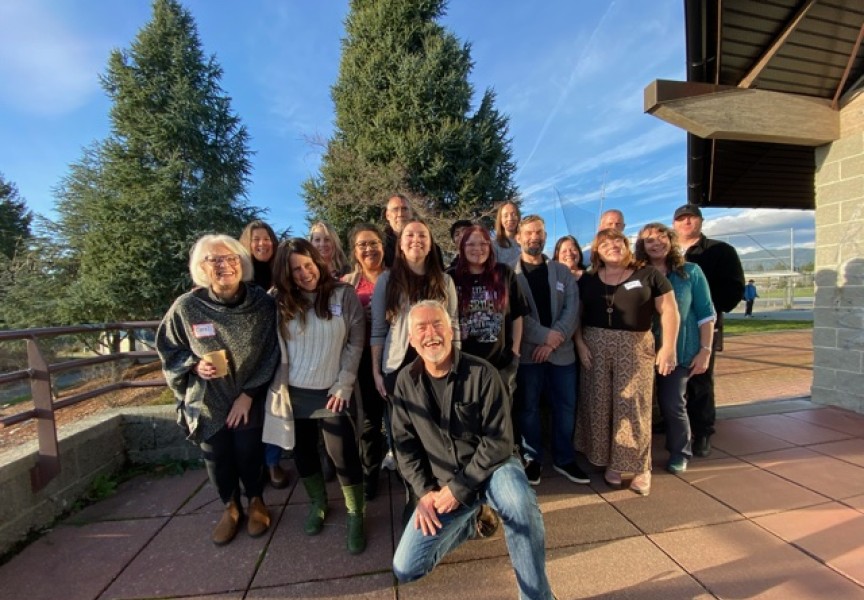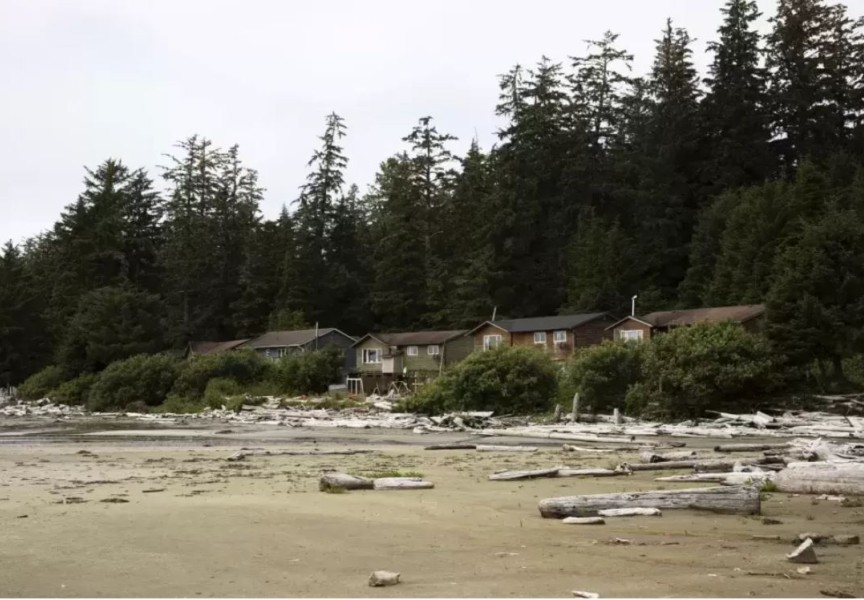A young man was fatally shot during an altercation with police Saturday night in the Tla-o-qui-aht village of Opitsaht, while another remains in custody.
At approximately 9:30 p.m. two officers from Tofino came to a home in the First Nation’s village on Meares Island to “locate a woman in distress,” according to an RCMP press release. An altercation occurred, resulting in one man being shot, while another was taken into police custody.
“The woman was located and taken to hospital for medical assessment,” reads the RCMP statement. “No one else was injured during the incident.”
Family and friends have identified the deceased at 28-year-old Julian Jones.
“Vancouver Island General Investigative Section (GIS) is investigating the initial call including allegations that the woman was being held against her will,” stated the RCMP.
On Sunday and Monday the scene of the tragedy on Meares Island was attended by the Independent Investigations Office of British Columbia. The IIO is described as a “civilian-led” oversight agency that becomes involved when death or serious injury occurs as police are present.
Moses Martin, chief councillor of the Tla-o-qui-aht First Nation, has seen anger has spread through his community following Saturday’s fatal shooting. Martin noted that violent statements toward police are particularly concerning.
“My son is a member of the RCMP,” he said. “If they want to do that, well, shoot me first.”
The First Nation still remains in the dark over what happened to Chantel Moore, a 26-year-old Tla-o-qui-aht member who was fatally shot by a police officer on June 4, 2020 in Edmunston, New Brunswick. The officer was called to check on the young woman’s well being, but the visit resulted in Moore being shot dead. The Edmunston Police Department stated that the officer was defending himself when Moore approached him with a knife, a story the Tla-o-qui-aht and many others have not accepted.
In the aftermath of the Moore tragedy, the Tla-o-qui-aht announced a list of requirements to improve police accountability in such incidents, including the use of body cameras.
“We requested that body cameras be something that the RCMP members would have, because the way that it is now, none of us know what’s going on,” said Martin. “There’s no proof of anything that they say, or what we say, or anything that’s happened during the incident.”
Other demands made by the First Nation included that the officer who shot Moore be charged with murder, better assessment of police officers’ mental health conditions and a national inquiry into the root causes of police brutality.
Martin said that responding to the Tla-o-qui-aht demands could have prevented Saturday’s fatal shooting.
“If they had been made the situation we are facing now in Opitsaht would be very different,” he said. “We need more than sorrow verbal placating and pandering that we have been receiving from all faces of government including our current MLA and MP.”
For the rest of 2020 a Quebec-based police watchdog agency investigated the circumstances of the Moore tragedy, and has passed its findings to New Brunswick’s coroner and Public Prosecution Services. These details are yet to be made public, but an announcement from the prosecutor is expected this spring.
B.C.’s IIO was involved following another death of a Tla-o-qui-aht member, after James Williams passed in a Duncan shelter the day he was released from RCMP custody. Seven months after his death, Williams’ family have yet to hear any details of the IIO investigation, as findings are currently with the BC Coroners Service.
Family have stated that Williams was picked up by police the day he was released from hospital after being treated for pancreatitis. Police stated that he was taken into custody for public intoxication at approximately 4:30 p.m. on July 15, then released at 1:30 a.m. the following morning.







